Learning the Art of Helping : Building Blocks and Techniques
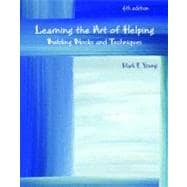
Learning the Art of Helping : Building Blocks and Techniques
- ISBN 13:
9780132410298
- ISBN 10:
013241029X
- Edition: 4th
- Format: Paperback
- Copyright: 01/01/2009
- Publisher: Prentice Hall
- Newer Edition
Rent
Sorry, this item is currently unavailable.
Note: Supplemental materials are not guaranteed with Rental or Used book purchases.
Extend or Purchase Your Rental at Any Time
Need to keep your rental past your due date? At any time before your due date you can extend or purchase your rental through your account.
Summary
Assuming no prior knowledge of counseling techniques, this highly interactive text takes students step by step through the acquisition of the skills and techniques for effectively helping their future clients. The author's straightforward writing style, clearly stated instructions, and numerous practice exercises prepare students to use assessment information, plan treatment, and implement helping strategies. Coverage encompasses the full complement of commonly used techniques, from basic "building block" skills to more advanced therapeutic skills. #xA0; Unique Features Stop and Reflectexercises ask readers to consider their reactions to real cases and situations. #xA0; Group Exercisesoffer opportunities for critical thinking and class discussion. Journal Startersencourage readers to test new ideas and reflect on conflicts and challenges as they develop as helpers. New! Video Exercisesask readers to watch unscripted, unrehearsed counseling sessions on the enclosed DVD and answer critical-thinking questions based on specific observations and skills.#xA0; Praise for Learning the Art of Helping #xA0; #x1C;Young#x19;s long experience as a therapist and training mentor is evident throughout as he leads the novitiate into the essentials of helping&.the inclusion of structured reflection opportunities permits the learner to become a participant/observer along the route the author has taken.#x1D; #xA0;#xA0;#xA0;#xA0;#xA0;#xA0;#xA0;#xA0;#xA0;#xA0;#xA0;#xA0;#xA0;#xA0;#xA0;#xA0;#xA0;#xA0;#xA0;#xA0;#xA0;#xA0;#xA0;#xA0;#xA0;#xA0;#xA0;#xA0;#xA0;#xA0;#xA0;#xA0;#xA0;#xA0;#xA0;#xA0;#xA0;#xA0;#xA0;#xA0;#xA0;#xA0;#xA0;#xA0;#xA0;#xA0;#xA0;#xA0;#xA0;#xA0;#xA0;#xA0;#xA0;#xA0;#xA0;#xA0;#xA0;#xA0;#xA0;#xA0;#xA0;#xA0;#xA0;#xA0;#xA0;#xA0;#xA0;#xA0;#xA0;#xA0;#xA0; #xA0;#x13; Deborah J. Youngman, Boston University #xA0; #x1C;[The text] stands out as a result of the nice flow between the chapters [which] actually mirrors the students#x19; learning process, the dialogue style that addresses the reader directly, the numerous [opportunities for] self-assessment, [and its] liberal use of client-helper dialogue with examples of good and bad responses.#xA0; It is a one-stop shop for the beginning helper.#x1D; #xA0;#xA0;#xA0;#xA0;#xA0;#xA0;#xA0;#xA0;#xA0;#xA0;#xA0;#xA0;#xA0;#xA0;#xA0;#xA0;#xA0;#xA0;#xA0;#xA0;#xA0;#xA0;#xA0;#xA0;#xA0;#xA0;#xA0;#xA0;#xA0;#xA0;#xA0;#xA0;#xA0;#xA0;#xA0; #x13; Brigitte Matthies, California State University, Los Angeles




![Engineering Mechanics: Statics [Rental Edition] 9780134814971](http://simages.knetbooks.com/images/d/4/971/9780134814971.jpg)
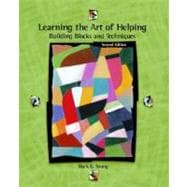
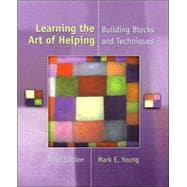
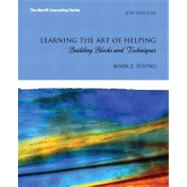
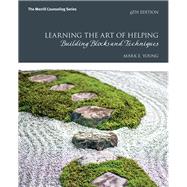
![Learning the Art of Helping: Building Blocks and Techniques [Rental Edition] 9780135680124](http://simages.knetbooks.com/images/d/0/124/9780135680124.jpg)



